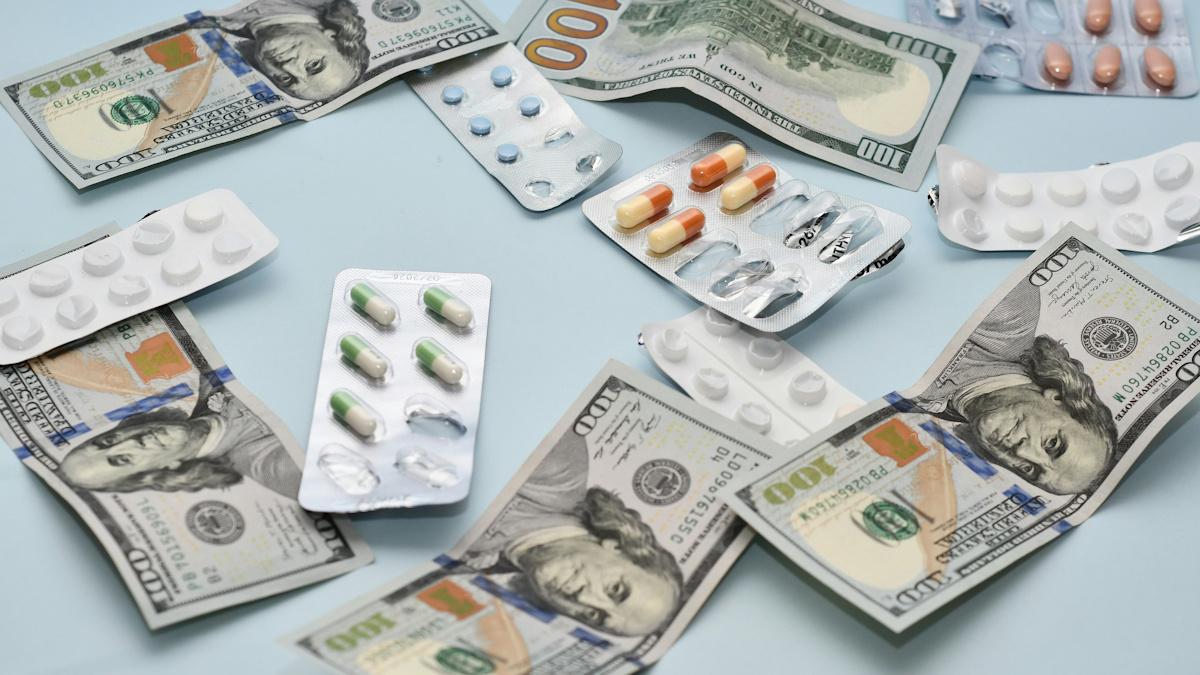CMS plan would shine light on Medicaid drug pricing

A proposal by the US Department of Health and Human Services (HHS) would expose the actual costs of drugs covered by Medicaid, and hold manufacturers to account for the amount they charge for them.
According to HHS’ proposed rule, the Centers for Medicare & Medicaid Services (CMS) and states will get “additional tools” to provide insight into the costs of certain expensive drugs, including an annual “drug price verification survey” that would require some manufacturers to provide detailed manufacturing and distribution cost data.
The survey would focus mainly on expensive drugs from a single source, said CMS, which says that new therapies that can cost more than $1 million per patient per course and are among changes in the drugs market that are “putting the Medicaid programme’s financial sustainability at significant risk.”
It’s the latest attempt by the US federal government to curb the amount spent on medicines, building on the Inflation Reduction Act (IRA), which gave Medicaid’s sister programme, Medicare, the power to negotiate the prices it pays for medicines, and which the industry insists is government price-setting.
It also follows the introduction of mandatory rebates to Medicare when the prices of some drugs rise faster than inflation. Medicaid – used by around 93 million people in the US – provides coverage for low-income adults, children, pregnant women, elderly adults, and people with disabilities.
The CMS plan is also proposing to address what it says is a “lack of transparency in drug pricing” arrangements between pharmacy benefit managers (PBMs) and Medicaid-managed care plans, which can make it difficult to separate the drug price and PBM fees.
If implemented, the proposal would require PBMs to report the cost of drug and dispensing or administration fees separately from any administrative costs, fees, and expenses.
A third tier of the proposal is a measure to tighten up the classification of medicines as either generic or branded, in an attempt to close a loophole which could allow some medicine producers to reduce the rebates owed to states. States receive a higher percentage of rebate dollars for brand-name drugs compared to generics.
“With today’s proposed rule, we are advancing unprecedented efforts to increase transparency in prescription drug costs, being good stewards of the Medicaid programme, and protecting its financial integrity,” said HHS' Secretary, Xavier Becerra. “This proposed rule will save both states and the federal government money.”
The rule hasn’t been finalised, and its publication kicks off a 60-day comment period. So far, the main pharma industry associations haven’t weighed in publicly, but are expected to mount stiff resistance to the proposals.
Photo by maria pagan on Unsplash











